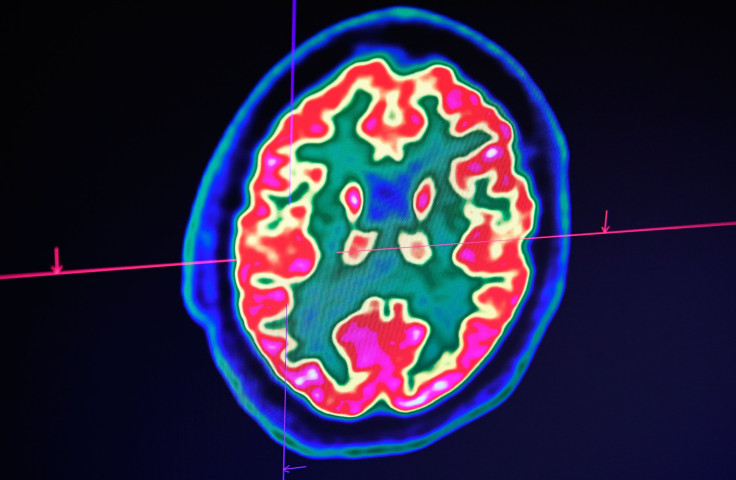World Brain Tumor Day 2021: Significance And Facts You Should Know
World Brain Tumor Day is commemorated on June 8 every year to spread awareness about brain tumors worldwide.
First initiated by the German Brain Tumor Association, World Brain Tumor Day is now held around the globe to educate people and discuss some of the misconceptions surrounding it. For instance, not all brain tumor diagnoses have poor outcomes. Many end up being benign and are cured once surgically removed.
Observed on the heels of GrayMay, or Brain Tumor Awareness Month, it certainly is an excellent time to learn more about brain tumors, which affect many people.
On this day, let's look at some important facts about brain tumors. (Courtesy -- National Brain Tumor Society (NBTS), the Brain Tumor Foundation of Canada, and the National Foundation for Cancer Research)
- A brain tumor is a growth of abnormal cells "within or around" the brain structure.
- Primary brain tumors are the ones that begin in the brain, while secondary tumors are the ones that start elsewhere and travel to the brain. The latter is more common.
- Some 13,657 children aged zero to 14 are living with a primary brain tumor in the U.S. About 4.3% of all brain tumor cases diagnosed each year are from this age group.
- Among the people aged 15 to 39, about 31,299 of them in the U.S. are estimated to be living with a brain tumor.
- Brain tumors in children and adults are typically treated differently.
- The chance that a person will develop a malignant tumor in the brain or spinal cord is less than 1% overall.
- A primary malignant brain tumor is a rare type of cancer that makes up just 1.4% of all new cancer cases in the U.S.
- African-American people have slightly higher incidence rates of primary brain tumors than other races overall, but incidence rates of malignant brain tumors are highest among white people.
- Some 700,000 Americans are living with a primary brain tumor, and 84,170 more are expected to be diagnosed with it in 2021.
- About 70% of all brain tumors are benign. The rest are malignant.
- It is estimated that the average brain tumor patient will make 52 visits to their health care team in the first year after diagnosis.
- There are 120 different types of brain tumors.
- Glioblastoma multiforme (GBM) is the deadliest among primary brain cancers, killing 95% of diagnosed patients within five years.
- The cause of brain cancer is "usually" unknown, although certain risk factors may increase one's chances of developing it. This includes age and exposure to ionizing radiation.
- The average survival rate for all primary brain tumor patients is 75.2%. For those with non-malignant brain tumors, the average five-year survival rate is 91.7%.
- Brain tumors are the most common solid cancer among those aged 19 and younger in the U.S.
- The median age for a primary brain tumor diagnosis is 60 years old.
- Headaches that grow worse over time may be one of the symptoms of a brain tumor, along with personality changes, eye weakness and short-term memory loss. Even benign tumors may be dangerous, so those who experience such symptoms should contact their healthcare provider at the earliest.

© Copyright IBTimes 2025. All rights reserved.






















